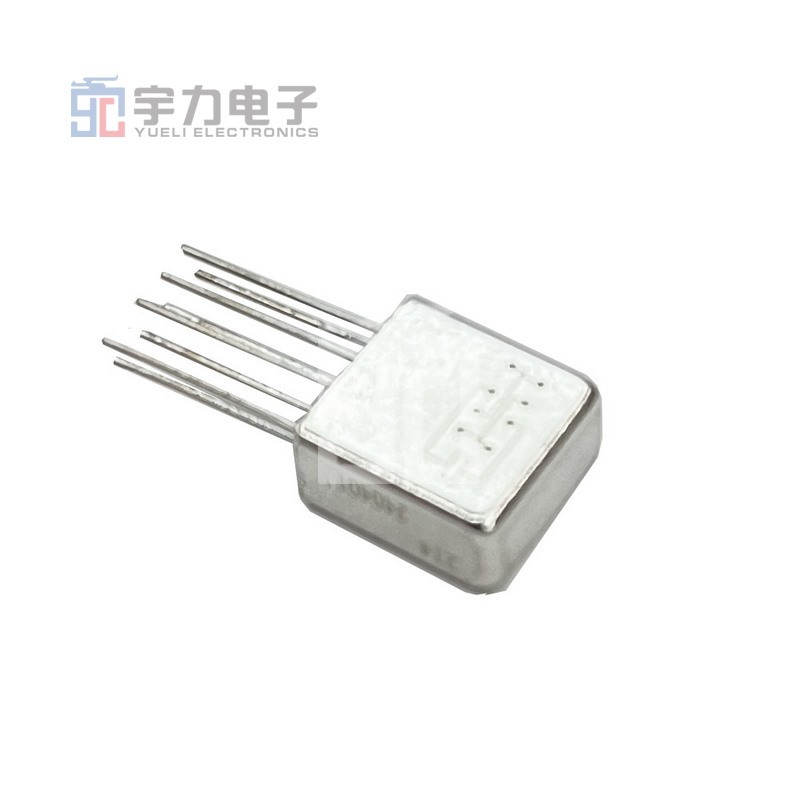Understanding Radio Frequency Relays: Key Features and Applications
2025-11-20

Radio frequency relays are specialized electronic components designed to switch circuits on and off in response to radio frequency signals. Unlike traditional electromechanical relays, radio frequency relays operate without direct physical contact, allowing for quicker response times and enhanced durability. These relays are commonly used in various applications, particularly in industries where efficient control over electronic devices and systems is paramount.
The main advantage of radio frequency relays lies in their ability to manage high-frequency signals. Operating in the megahertz to gigahertz range, these relays can effectively control signals used in telecommunications, data transmission, and remote control systems. They are particularly well-suited for applications involving wireless communication, where minimizing signal interference and maximizing range are crucial.
Radio frequency relays utilize a unique mechanism that often involves solid-state components. This feature allows them to switch faster than traditional mechanical relays, resulting in less wear and tear and a longer operational lifespan. Additionally, the absence of moving parts means that these relays can achieve higher reliability in various environments, making them ideal for use in demanding conditions.
In terms of design, radio frequency relays are compact and can be integrated into a wide range of electronic circuits. This makes them versatile for various applications, such as remote sensing, automation in industrial processes, and smart home devices. By incorporating these relays into your system, you can achieve reliable signal management, enhance your device's responsiveness, and improve overall efficiency.
When selecting a radio frequency relay for your project, consider key specifications such as frequency range, switching speed, and power handling capabilities. Understanding these parameters is essential to ensure that the relay meets the specific requirements of your application. Additionally, evaluating the relay's performance under different environmental conditions can help you identify the most suitable option for your needs.
In conclusion, radio frequency relays represent a critical component in modern electronic systems, facilitating high-speed switching and improving system reliability. By integrating these relays into your designs, you can enhance functionality and optimize performance across various applications. Whether you are working on telecommunications, industrial automation, or innovative consumer electronics, understanding the capabilities and advantages of radio frequency relays will empower you to make informed decisions in your projects.
The main advantage of radio frequency relays lies in their ability to manage high-frequency signals. Operating in the megahertz to gigahertz range, these relays can effectively control signals used in telecommunications, data transmission, and remote control systems. They are particularly well-suited for applications involving wireless communication, where minimizing signal interference and maximizing range are crucial.
Radio frequency relays utilize a unique mechanism that often involves solid-state components. This feature allows them to switch faster than traditional mechanical relays, resulting in less wear and tear and a longer operational lifespan. Additionally, the absence of moving parts means that these relays can achieve higher reliability in various environments, making them ideal for use in demanding conditions.
In terms of design, radio frequency relays are compact and can be integrated into a wide range of electronic circuits. This makes them versatile for various applications, such as remote sensing, automation in industrial processes, and smart home devices. By incorporating these relays into your system, you can achieve reliable signal management, enhance your device's responsiveness, and improve overall efficiency.
When selecting a radio frequency relay for your project, consider key specifications such as frequency range, switching speed, and power handling capabilities. Understanding these parameters is essential to ensure that the relay meets the specific requirements of your application. Additionally, evaluating the relay's performance under different environmental conditions can help you identify the most suitable option for your needs.
In conclusion, radio frequency relays represent a critical component in modern electronic systems, facilitating high-speed switching and improving system reliability. By integrating these relays into your designs, you can enhance functionality and optimize performance across various applications. Whether you are working on telecommunications, industrial automation, or innovative consumer electronics, understanding the capabilities and advantages of radio frequency relays will empower you to make informed decisions in your projects.


